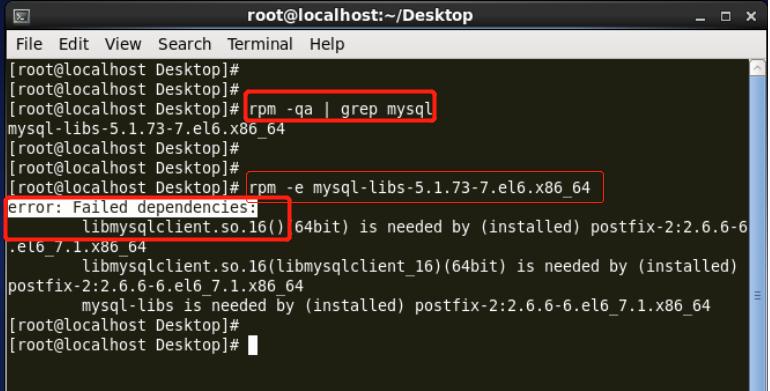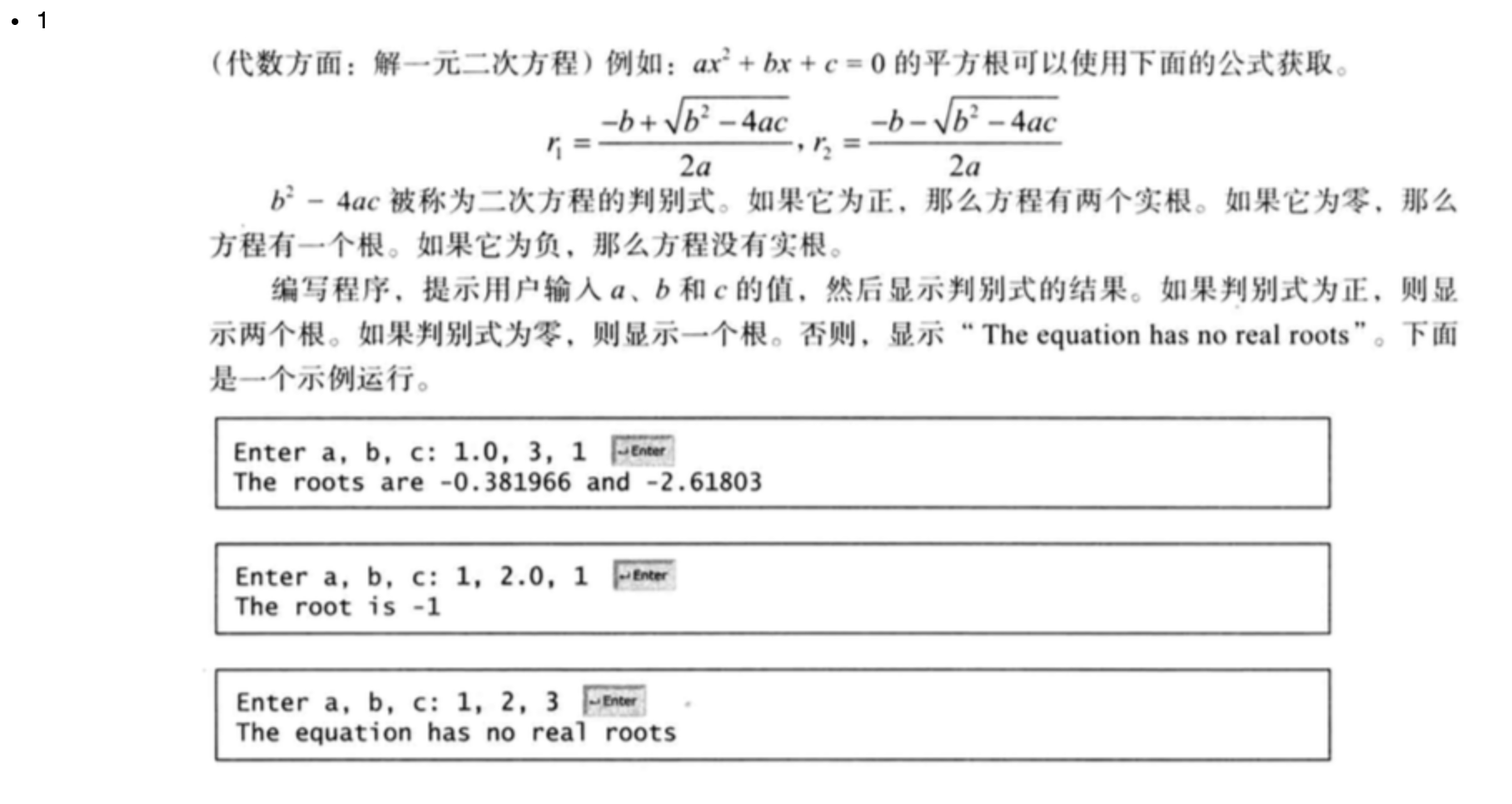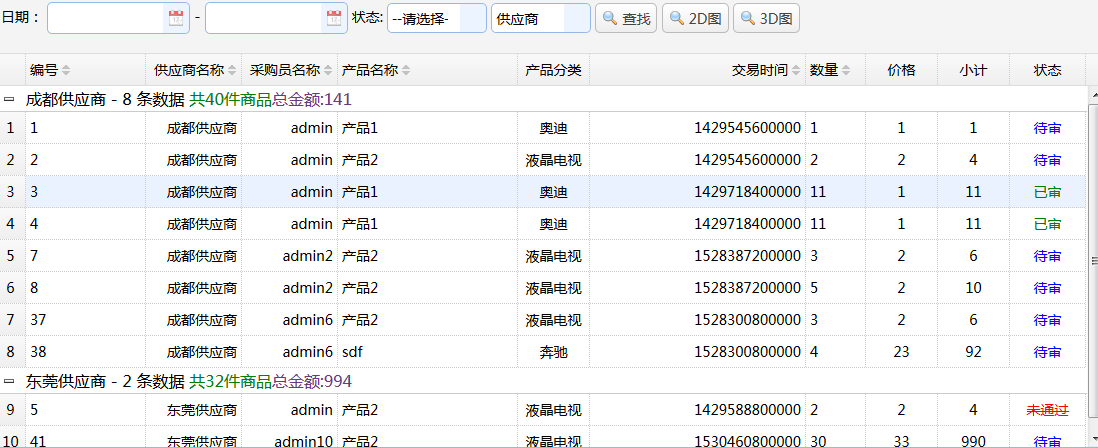链表头插法,尾插法以及带头结点输出,不带头结点输出
首先是头插法
#include"stdio.h"#include"stdlib.h"typedef struct we{int data;struct we *next;}qwe;void shuchu(qwe *head){qwe *p;printf("不带头结点的链表为:\n");//注意printf的次序p=head;for(;p!=NULL;){printf("%d\t",p->data);p=p->next;}printf("\n");}qwe * yunxing(qwe *head){qwe *p;int x;printf("请输入不为零的数\n");scanf("%d",&x);for(;x!=0;){p=(qwe *)malloc(sizeof(qwe));p->data=x;p->next =head;head=p;scanf("%d",&x);}return head;}int main(){qwe *p,*head;head=NULL;p=yunxing(head);shuchu(p);return 0;}
以上的shuchu函数用的就是不带头结点的输出方式(p=head)
@@@@@@@@@@@@@@@@@@@@@@@@@@@@@@@@@@@@@@@@@
接下来是尾插法
#include"stdio.h"#include"stdlib.h"typedef struct we{int data;struct we *next;}qwe;void shuchu(qwe *head){qwe *p;printf("带头节点的单链表为:\n");p=head->next ;for(;p!=NULL;){printf("%d\t",p->data );p=p->next;}printf("\n");}qwe * yunxing(qwe *head){int x;qwe *t,*last;t=(qwe *)malloc(sizeof(qwe));head=t;last=t;t->next =NULL;printf("请输入一个数:\n");scanf("%d",&x);for(;x!=0;){t=(qwe *)malloc(sizeof(qwe));t->data=x;t->next =NULL;last->next =t;last=t;scanf("%d",&x);}return head;}int main(){qwe *p,*head;head=NULL;p=yunxing(head);shuchu(p);return 0;}
这个shuchu函数用的就是带头结点的输出方式(p=head->next)






































还没有评论,来说两句吧...